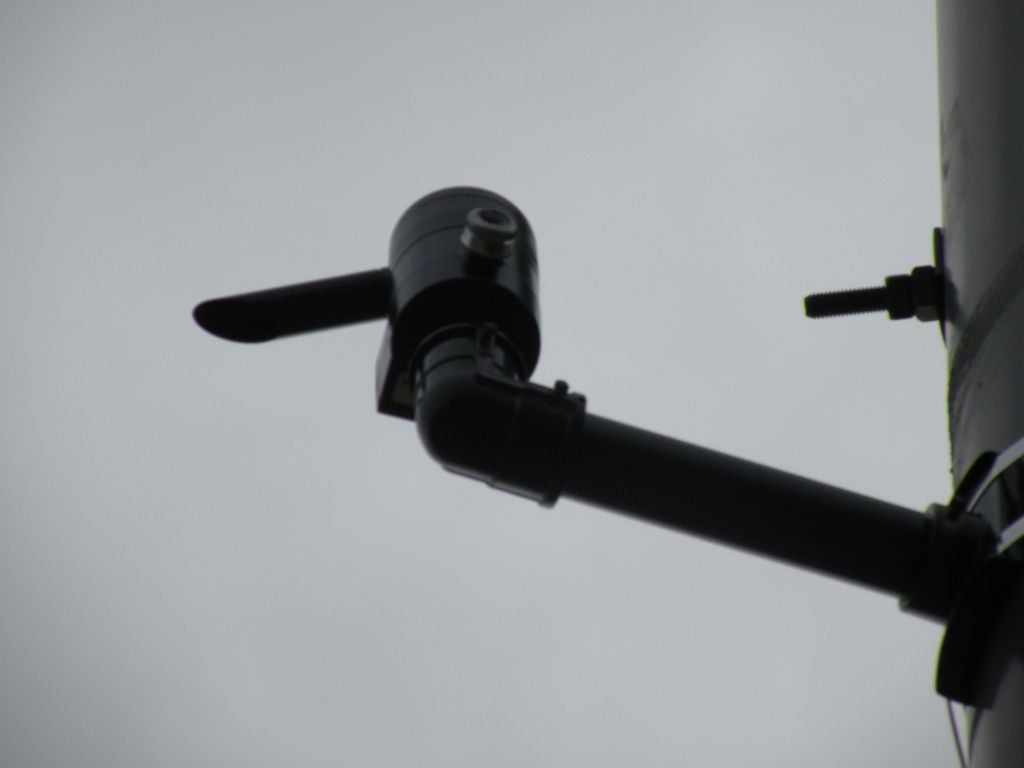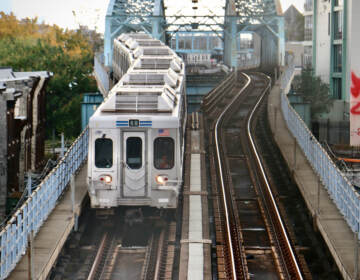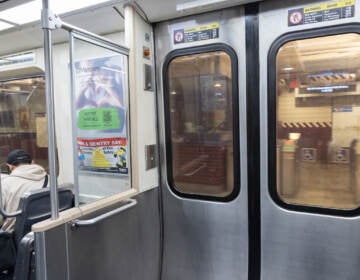Red light, green light … or a case of switched signals?

February 22, 2010
By Anthony Campisi
For PlanPhilly
When SEPTA and the city installed traffic signal preemption devices on three trolley and bus routes, they were trying to speed up travel times for riders.
The devices extend the time lights stay green when a bus or trolley is approaching an intersection and, in conjunction with other measures, can cut several minutes off total trip time along the length of a route.
There’s just one problem: Philadelphia and SEPTA can’t agree on who is supposed to maintain them.
Both entities say that SEPTA is responsible for maintaining the transponders affixed to the top of buses and trolleys. These devices send out a signal to receivers on traffic lights as a trolley is approaching. The receivers, in turn, cause green lights to be extended an extra six seconds to give the buses and trolleys enough time to get through intersections before the lights turn red.
The devices were installed on trolley routes 10 and 15 in 2003 and on bus Route 52 in 2005.
SEPTA spokesman Gary Fairfax said that the authority performs maintenance on the transponders every 60 days and that equipment mounted on the exit tracks of the Callowhill depot tests the transponders before vehicles leave the facility.
It’s less clear who’s in charge of the receivers mounted on traffic lights. Andrew Stober, spokesman for the Mayor’s Office of Transportation and Utilities, said that SEPTA and the city signed a memorandum of understanding when the systems were installed that gave SEPTA responsibility for maintaining the receivers. SEPTA maintains that the city is responsible for keeping them in working order.
Neither side was able to provide any written documentation backing up their claims, although Fairfax said that Richard Montanez, an assistant traffic engineer in the Streets Department, agreed with SEPTA’s position. Stober did not respond to numerous requests for comment on Montenez’s alleged assertion. Montanez didn’t return a call for comment left on his cell phone.
The confusion raises questions about plans for the possible extension of signal preemption devices to other routes. The devices were installed as part of previous Transit First efforts, a joint SEPTA and city effort designed to improve transit usage along selected commercial corridors.
The SEPTA Citizen Advisory Committee has stepped into the breach with a proposed solution.
It recommended, in a letter earlier this month to SEPTA general manager Joe Casey, that the authority’s engineering division be empowered to coordinate maintenance with the city in the same way that maintenance of cab signals on Amtrak and freight lines is done now.
SEPTA currently doesn’t have a mechanism for informing the city about problems with the receivers. And because the authority owns equipment that can test the receivers, the CAC recommended that SEPTA conduct weekly inspections of the systems. The CAC also recommended that SEPTA make sure it’s performing scheduled maintenance on the trolleys’ transponders.
Moving forward, Stober said that the Transit First committee should take the lead in ensuring that maintenance is being properly performed. Heinle, however, said the issue hasn’t been discussed at Transit First committee meetings. Besides the maintenance suggestions, the letter makes other recommendation about the Transit First process. Among them:
• It asks SEPTA to explore signal preemption as an alternative to the six second hold that SEPTA vehicles currently trigger at intersections. This would allow SEPTA buses and trolleys to turn the light to green from red as they approached intersections.
• The CAC wants SEPTA to explore the idea of installing preemption devices at the intersections around the 40th Street trolley portal.
• It wants SEPTA to coordinate a plan with the city for maintaining Route 36 trolley signals along Island Avenue. They are slowly being replaced by regular traffic lights, which the groups says is confusing to motorists.
• It calls on SEPTA to adopt general Transit First standards on things like consolidating and re-spacing transit stops.
• It wants SEPTA to consider adding more switches and cutbacks into the existing trolley routes to build more flexibility into the network.
The CAC might not have to wait long to see whether SEPTA takes its suggestions seriously. The first routes targeted by the Transit First committee should be finalized in March, Heinle said.
Contact the reporter at campisi.anthony@gmail.com
WHYY is your source for fact-based, in-depth journalism and information. As a nonprofit organization, we rely on financial support from readers like you. Please give today.






